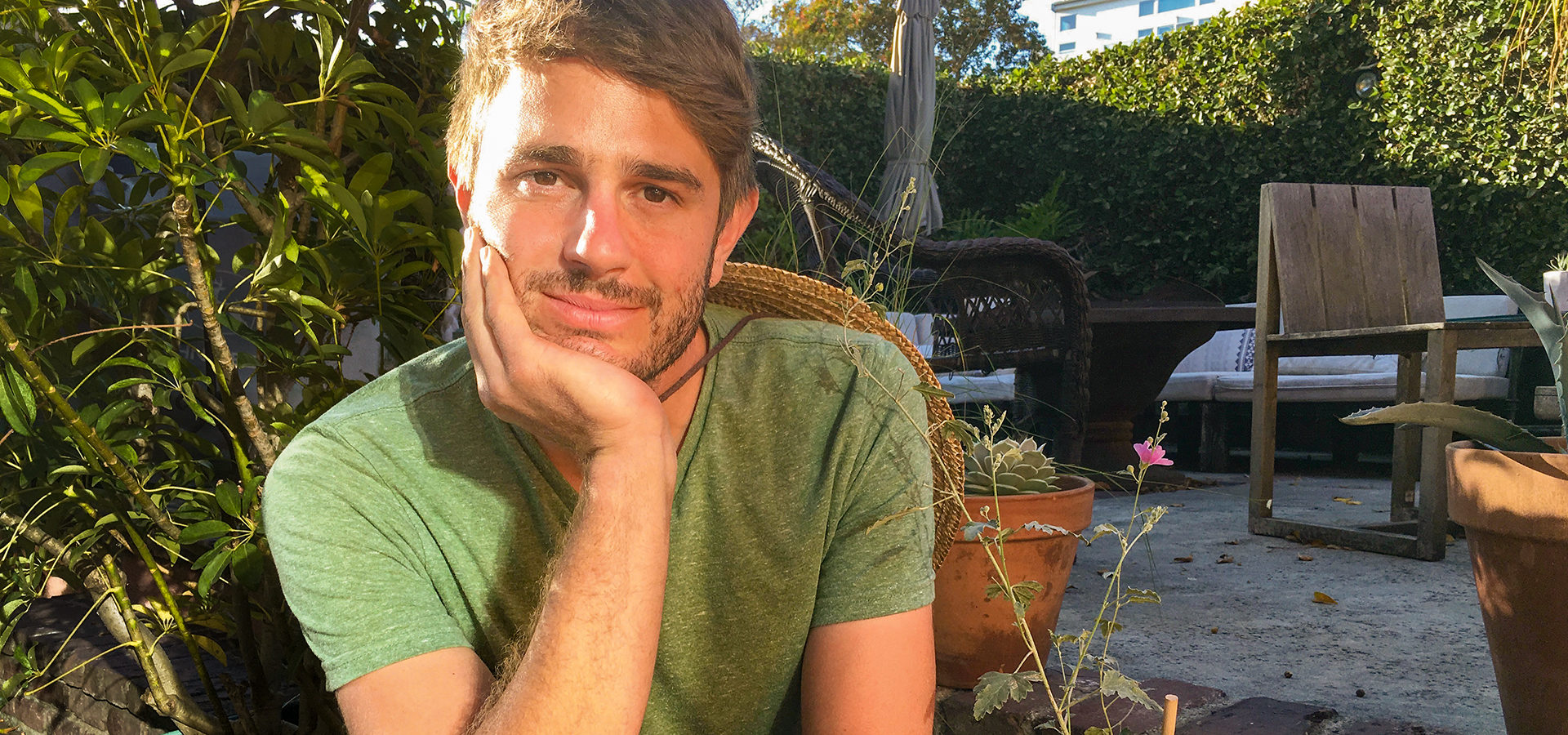Here in the Valley we love our gardens. And many of us are reluctant to give up our stately roses, old-school hedges and verdant lawns. But now with the new water restrictions that limit irrigation to two days a week for 8 minutes, that type of landscape is impossible. Max Kanter aims to ease us into change, insisting you don’t have to give up beauty to be environmentally friendly. He owns and operates Saturate (saturatecalifornia.com), a full-service landscaping company focused on maintaining and sustaining gardens “that are resilient to climate change.” VB editor-in-chief Linda Grasso (who is gradually giving up her roses, hedges and lawn) queries Max on how-tos of the native garden—from plant selection to care.
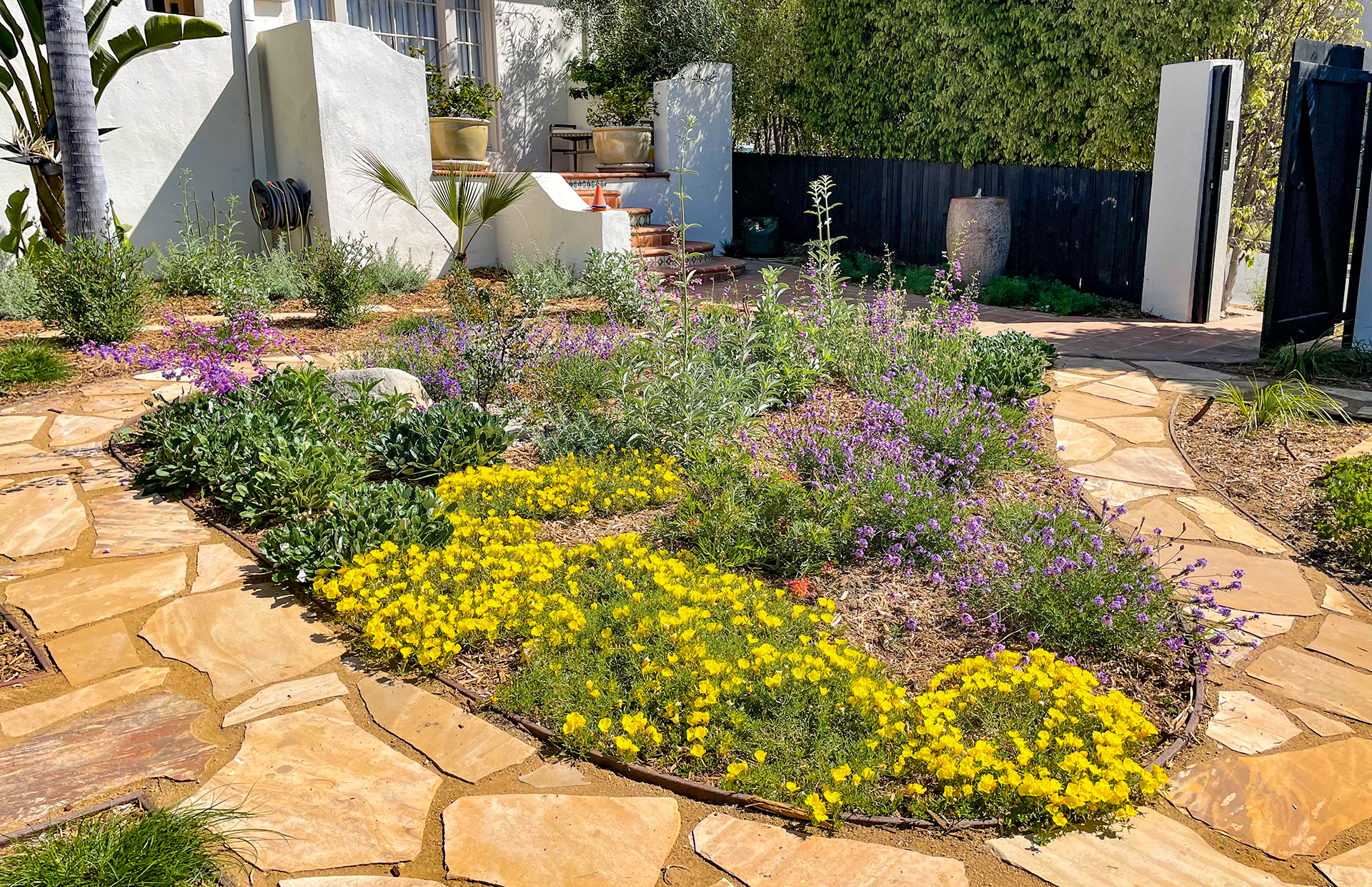
•••
 You believe most gardens here are unhealthy, destructively maintained and doomed to fail under the added pressures of climate change. Explain.
You believe most gardens here are unhealthy, destructively maintained and doomed to fail under the added pressures of climate change. Explain.
Most gardens in the San Fernando Valley harbor landscapes that are holdovers from the 20th century. We often see green grass lawns, boxwood hedges, iceberg roses and ficus for privacy. These old-school landscapes require copious amounts of water to sustain. They also typically require weekly maintenance for pruning, cutting and fertilizing. These types of landscapes also don’t host plants to benefit local birds, butterflies, bees and bugs. These thirsty landscapes are often devoid of life and rely on the lifeblood of imported water.
When it comes to irrigating a native garden, let’s assess the various methods.
Overhead sprinklers and/or MP rotor sprinklers are an excellent way to create uniform distribution and work well to establish plants in a newer garden. They also are quite easy to maintain and can be adjusted by hand as conditions change. They also wash the plants’ leaves. In LA, with our dust and particulate matter, it’s important to keep our plants’ leaves clean, especially with long durations between rains. Overhead watering is great for slopes, too, making uniform distribution more easily achieved. The drawback is that with overhead uniform distribution, weeds more easily germinate.
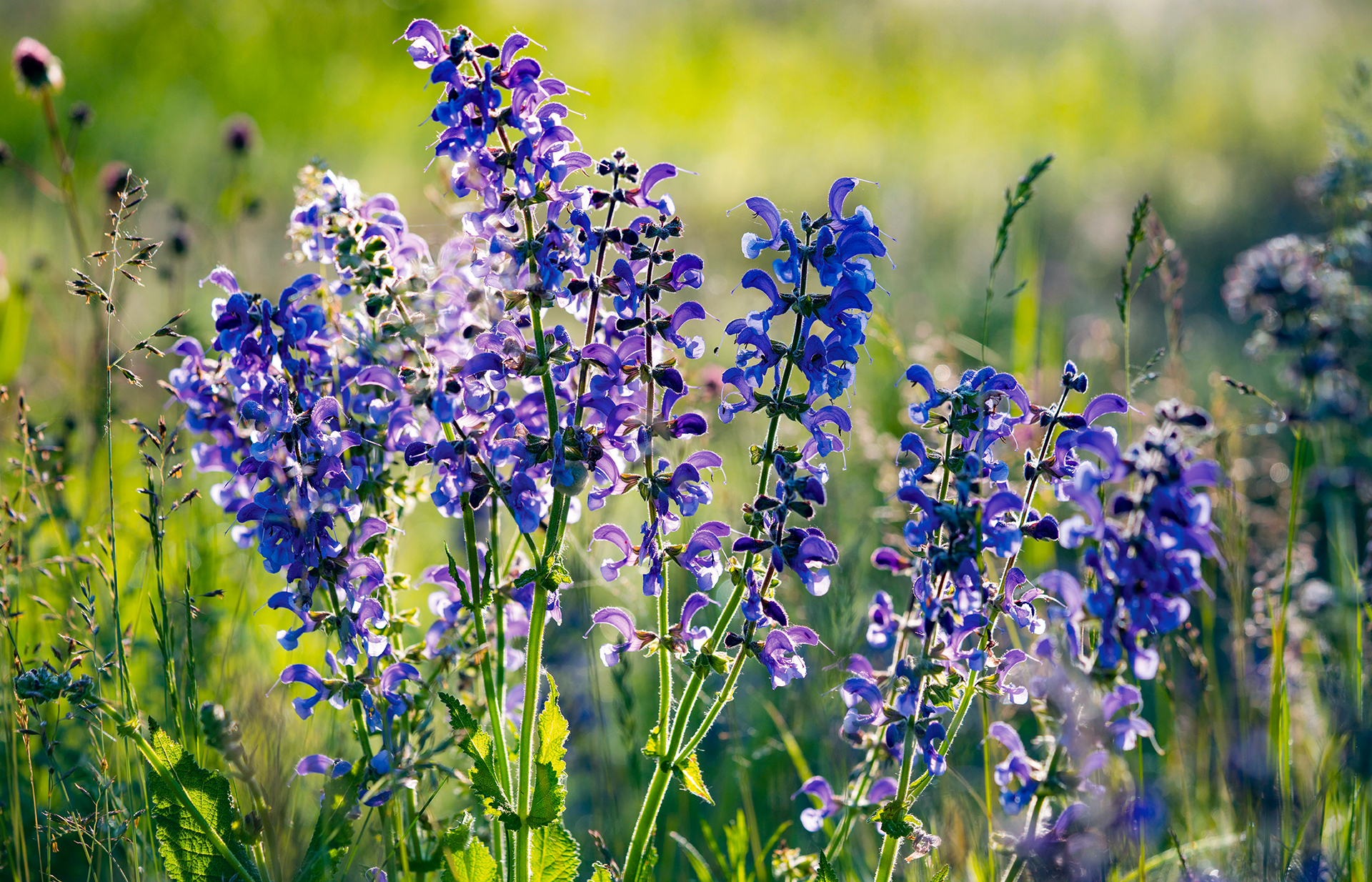
Drip is quite efficient and works well in flatter gardens. Drip is easy to install, but with so much tubing and potential for leaks it requires more maintenance. Remember to pull drip lines away from your plants’ crowns as they grow—otherwise plants risk root rot.
Hand watering is time-consuming but can be efficient and therapeutic, connecting you to your garden better than any other form of watering. I always suggest leaving parts of the garden for hand watering so you can better understand plants’ needs. Hand watering can also be an oscillating sprinkler head that connect to a hose. This type of watering takes a bit more manual labor, but is often the most efficient and rewarding way to water.
What kind of cost savings can one expect to reap from a native garden?
While every garden is different, most native gardens see at least a 50% reduction in water use by year two.
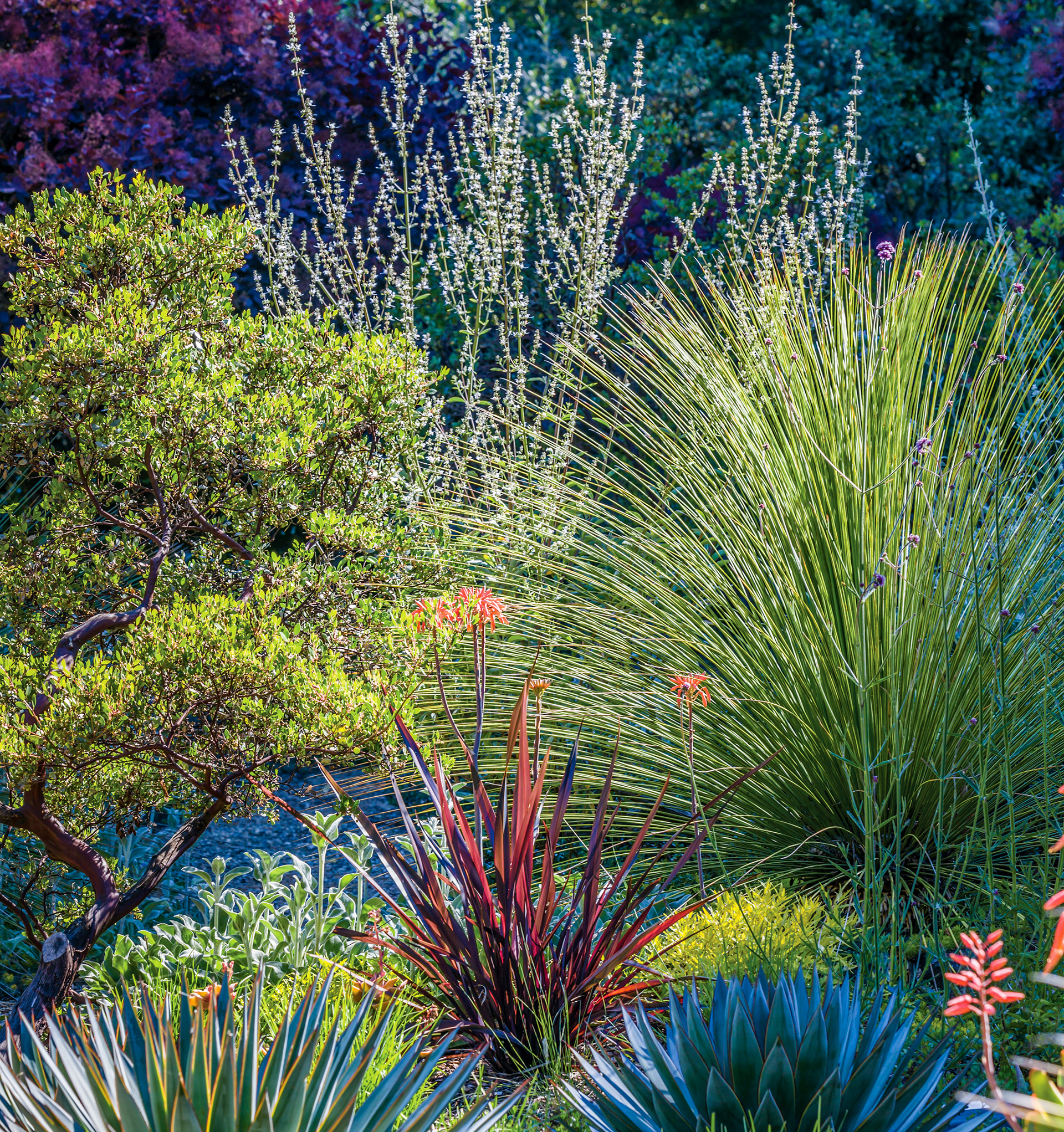
Watering needs change as natives mature, correct?
Yes, native plants require more frequent watering in their first two years. Once established, they often only need a monthly watering. But they will always need their leaves cleaned off in the dry dusty months.
What kind of soil do natives prefer?
Native plants are adaptive, and there are great varieties of plants for all our soil types in the San Fernando Valley—whether clay, loamy or sandy.
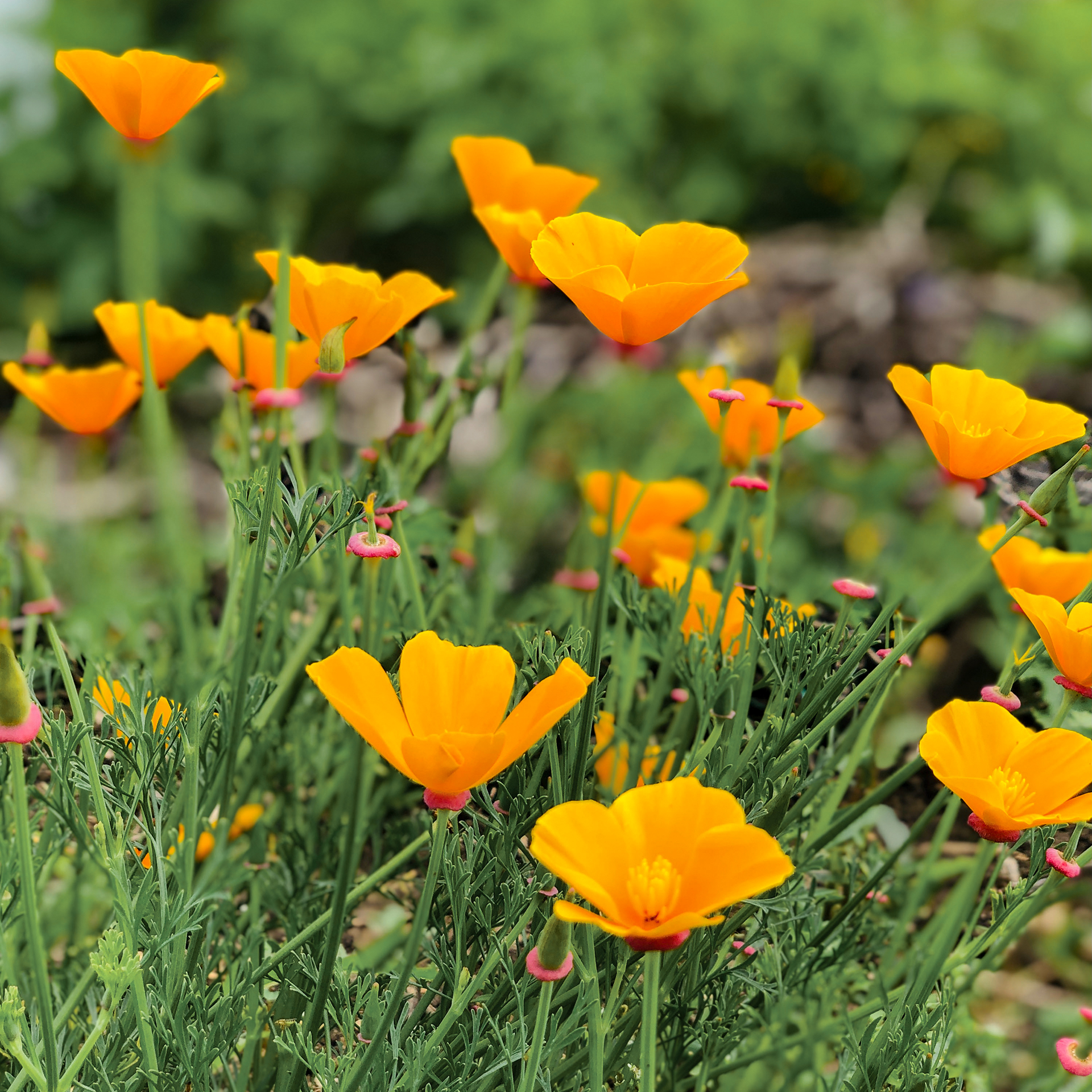
Can we assume all natives should be planted in full sun?
No. There are many native plants that prefer shade or partial shade. It’s important to remember that much of the Valley, prior to urbanization and the development of agriculture, was a vast oak woodland savanna with thousands of mature oaks. Under these oaks the conditions were shady or partially shady, and many kinds of native plants found a home in the trees’ shade. Today the Valley is home to an urban tree canopy that provides shade for many plants.
So many of our watering systems run in the wee hours of the morning—as the experts suggest—so if there are leaks or repairs needed, we don’t see them.
We suggest a twice-annual irrigation audit. It’s important to set aside the time to do this, especially in the months leading to summer. Spring is the perfect time to make sure your system is running efficiently and there are no major leaks. If you have a garden in the Valley, it is your responsibility to check the systems and avoid unnecessary water loss and dried-out plantings.
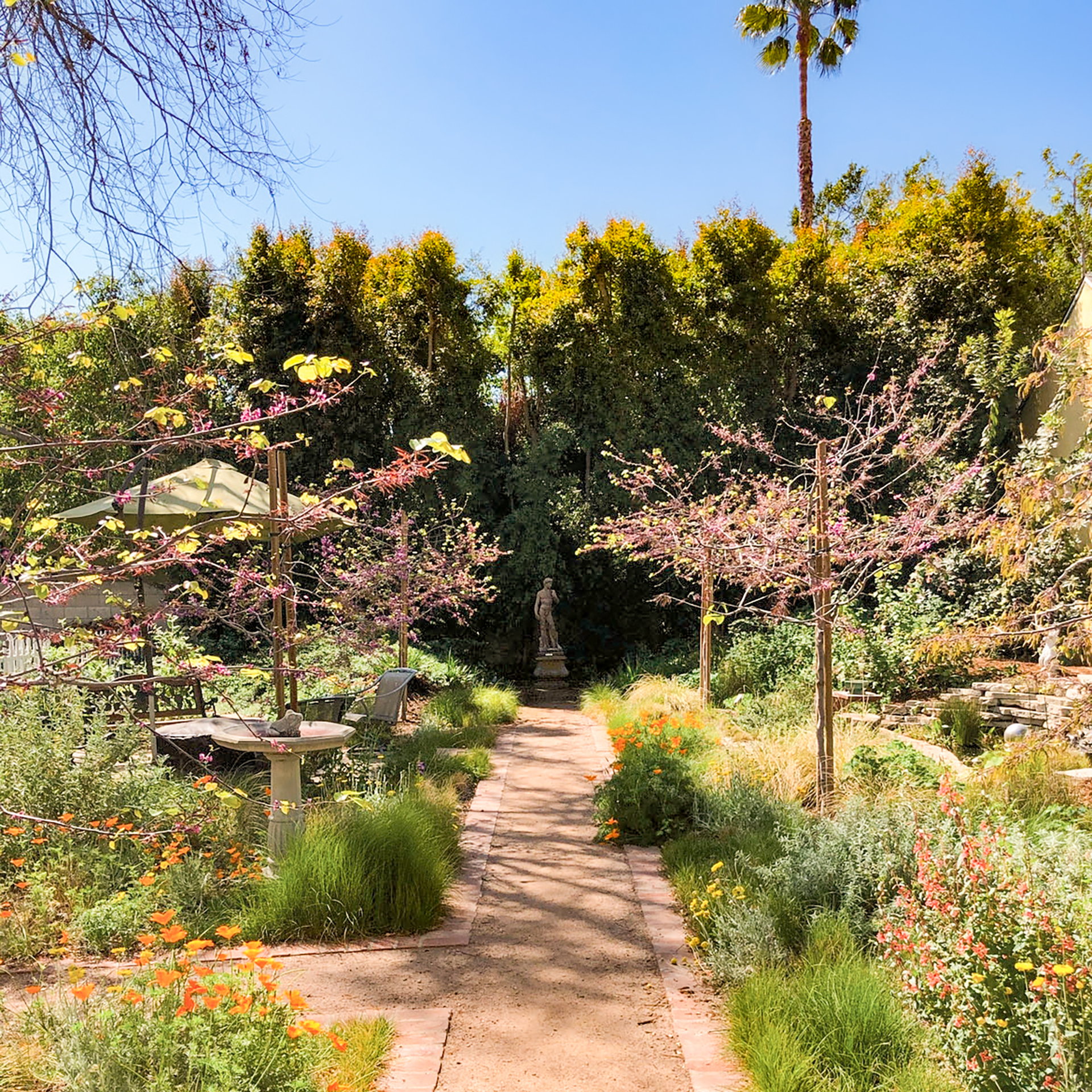
I think some people are under the false impression that natives are all like cactuses and prickly. But there are so many with gorgeous foliage and flowers.
Agree! While many types of climate-appropriate cactus and succulents do grow in the Valley, natives include an enormous variety of shrubs, trees, wildflowers, grasses and a few cacti and succulents. Many of our native plants put on spectacular displays of color in different seasons. There are flowers for every season.
Can you share three natives that you think are beautiful and counter the common notion I shared above?
We adore the variety of native buckwheats, which come in all shapes, sizes, colors and textures and are highly adaptive to a warming climate. We also love the variety of salvias that grow here for their unparalleled fragrance and medicinal properties. Lastly, the coast live oak. This species is our mother tree in the San Fernando Valley and a powerhouse for food, shade and shelter for wildlife and humans alike.
Join the Valley Community






